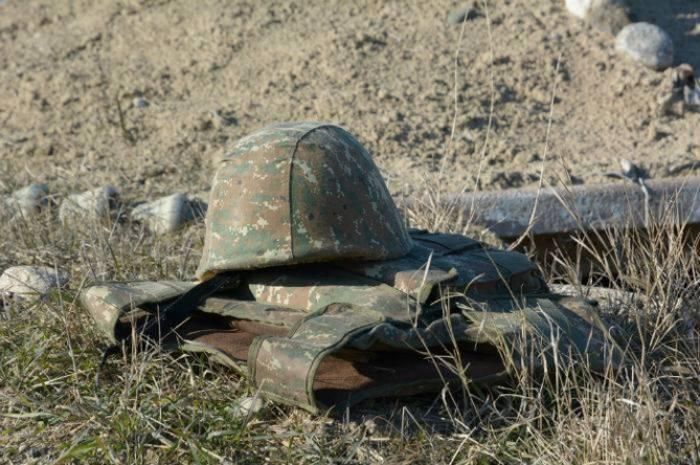As the ministry noted, such disinformation is aimed at reducing the concern of Armenia’s population and the chaos reigning in the Armenian army amid the successes of the Azerbaijani armed forces.
According to intelligence data received by the end of the day of the operation, the Armenian army has suffered heavy casualties as a result of the battles. Twenty-two tanks and other armored vehicles of the army, 15 nos. of OSA anti-aircraft missile systems, 18 unmanned aerial vehicles (UAVs), 8 artillery installations were destroyed.
Reportedly, the death toll and the number of the wounded in the Armenian armed forces exceeded 550 people. Three ammunition depots of the Armenian army were destroyed in different directions.
During the battles in the direction of Talish village, Aghdara district in the Nagorno Karabakh region, the commander of the Armenian air assault battalion, Colonel-Lieutenant Lernik Babayan was killed, and the personnel of the military unit commanded by him suffered heavy losses.
Due to a large number of wounded in the Armenian army, there is a shortage of beds in military and civilian hospitals, as well as a lack of blood supply.
“As always, the Armenian side this time hides the real losses in its army from the public ”, the ministry added.
The Armenian armed forces committed a large-scale provocation, subjecting the positions of the Azerbaijani army to intensive shelling from large-caliber weapons, mortars, and artillery installations of various calibers in the front-line zone on Sept. 27 at 06:00 (GMT+4).
The command of the Azerbaijani Army decided to launch a counter-offensive operation of Azerbaijani troops along the entire front to suppress the combat activity of the Armenian armed forces and ensure the safety of the civilian population.
Azerbaijani Defense Minister, Colonel-General Zakir Hasanov said Sept. 27, 2020, that Garakhanbeyli, Garvend, Kend Horadiz, Yukhari Abdulrahmanli villages of Fizuli district, Boyuk Marjanli, and Nuzgar villages of Jabrayil district were liberated.
Moreover, the positions of the Armenian armed forces were destroyed in the direction of the Agdere district and Murovdag, important heights were taken under control by the Azerbaijani army.
The conflict between the two South Caucasus countries began in 1988 when Armenia made territorial claims against Azerbaijan. As a result of the ensuing war, Armenian armed forces occupied 20 percent of Azerbaijan, including the Nagorno-Karabakh region and seven surrounding districts.
The 1994 ceasefire agreement was followed by peace negotiations. Armenia has not yet implemented four UN Security Council resolutions on the withdrawal of its armed forces from Nagorno Karabakh and the surrounding districts.
More about:
















































